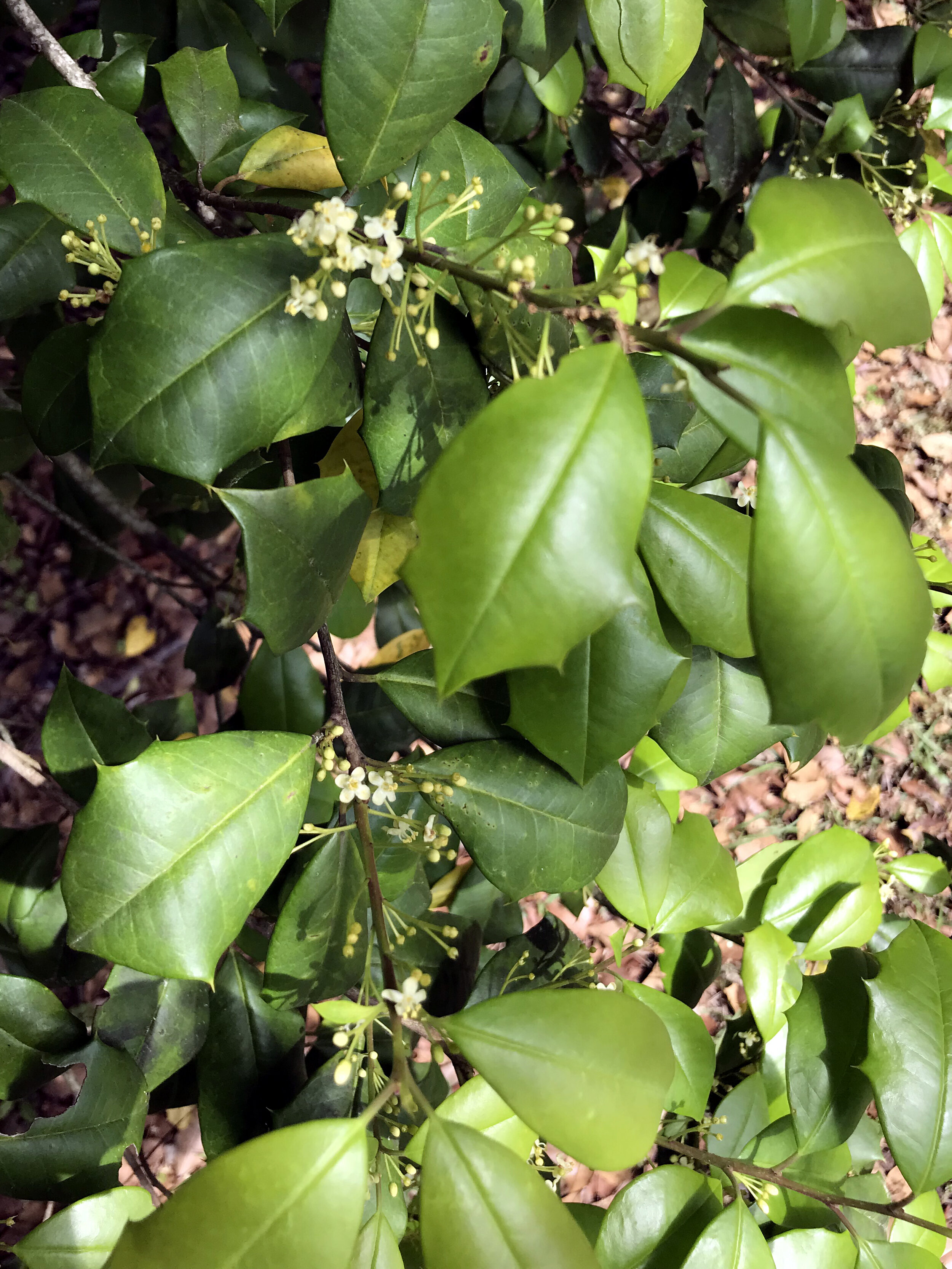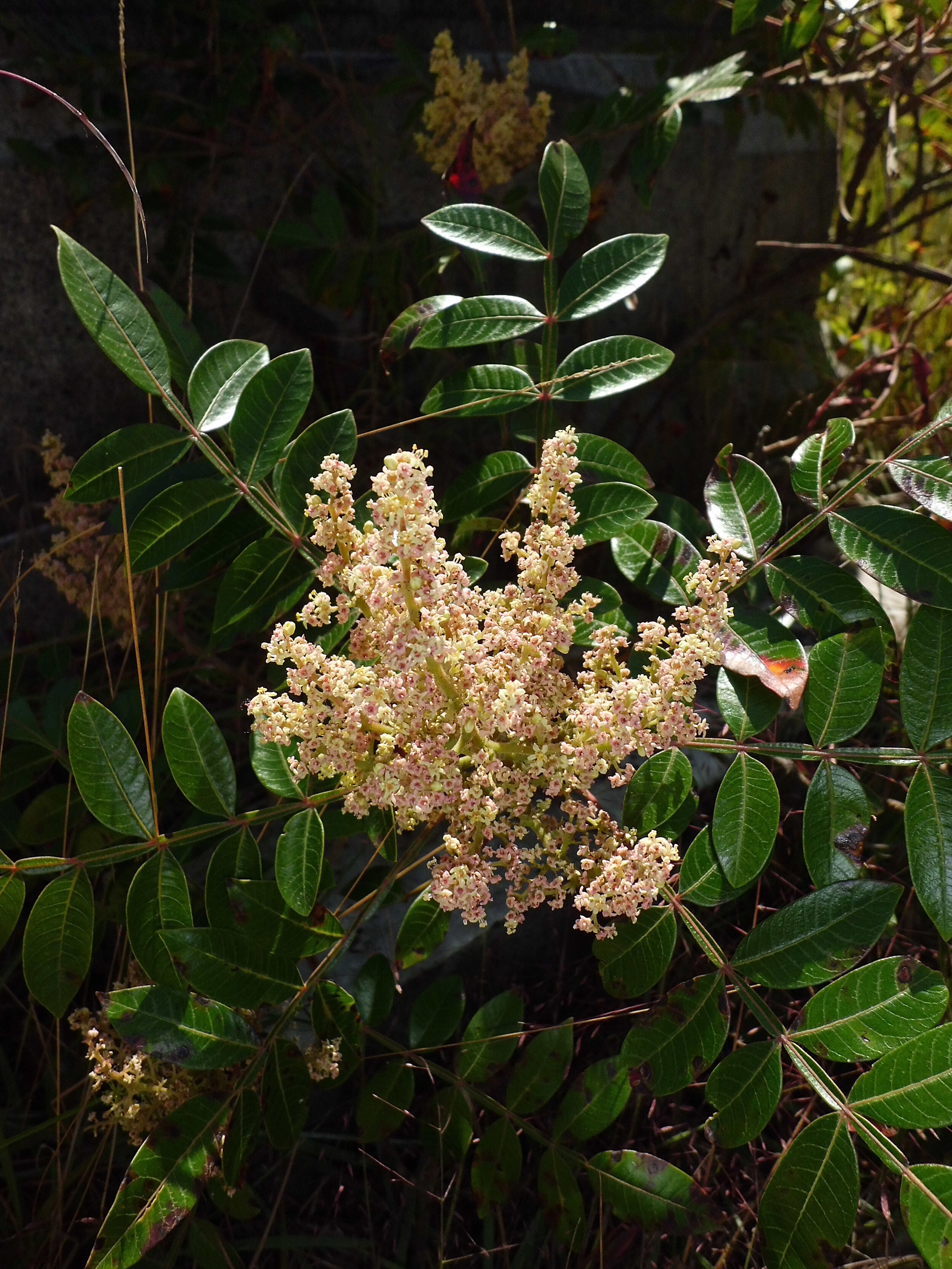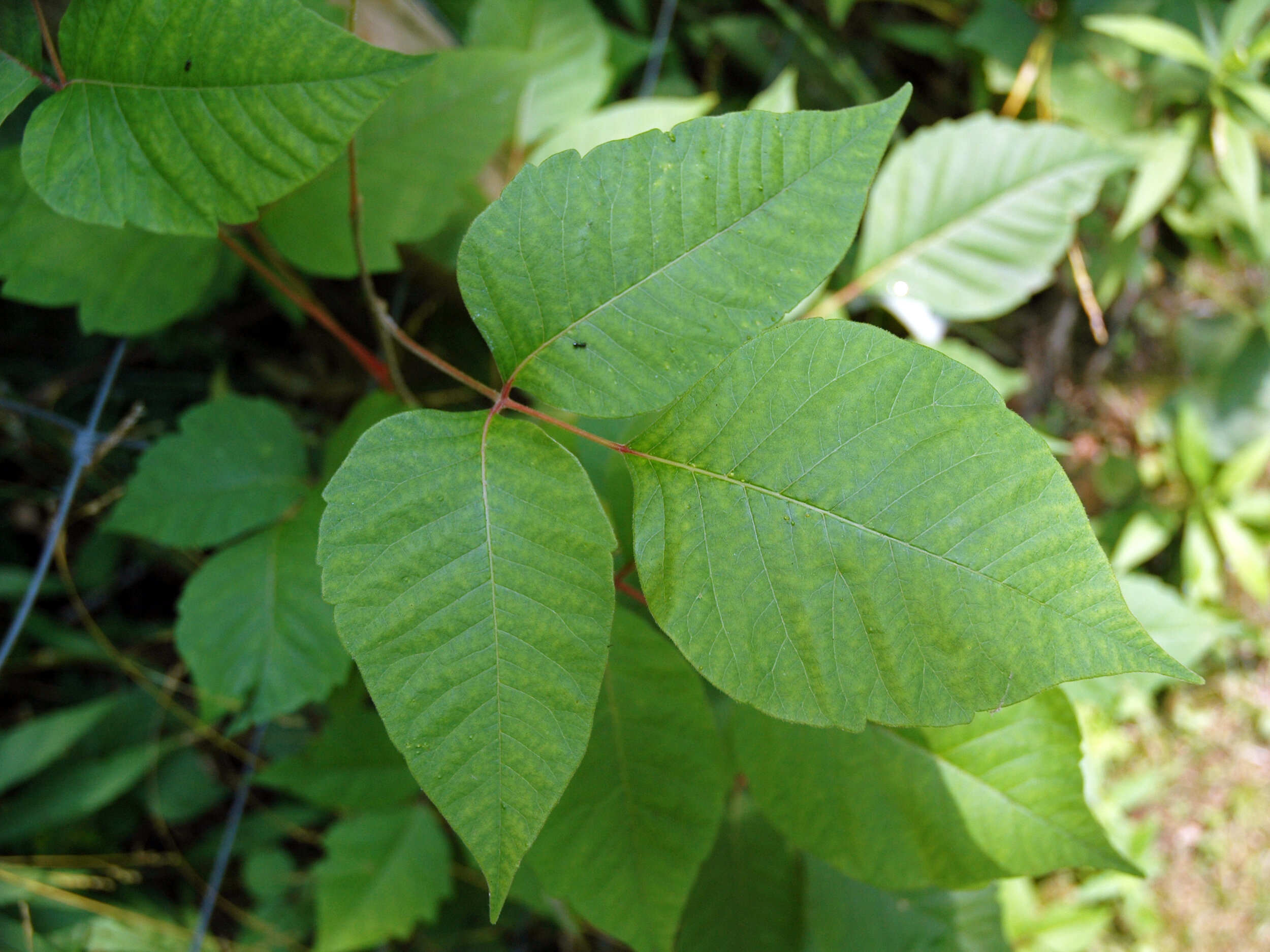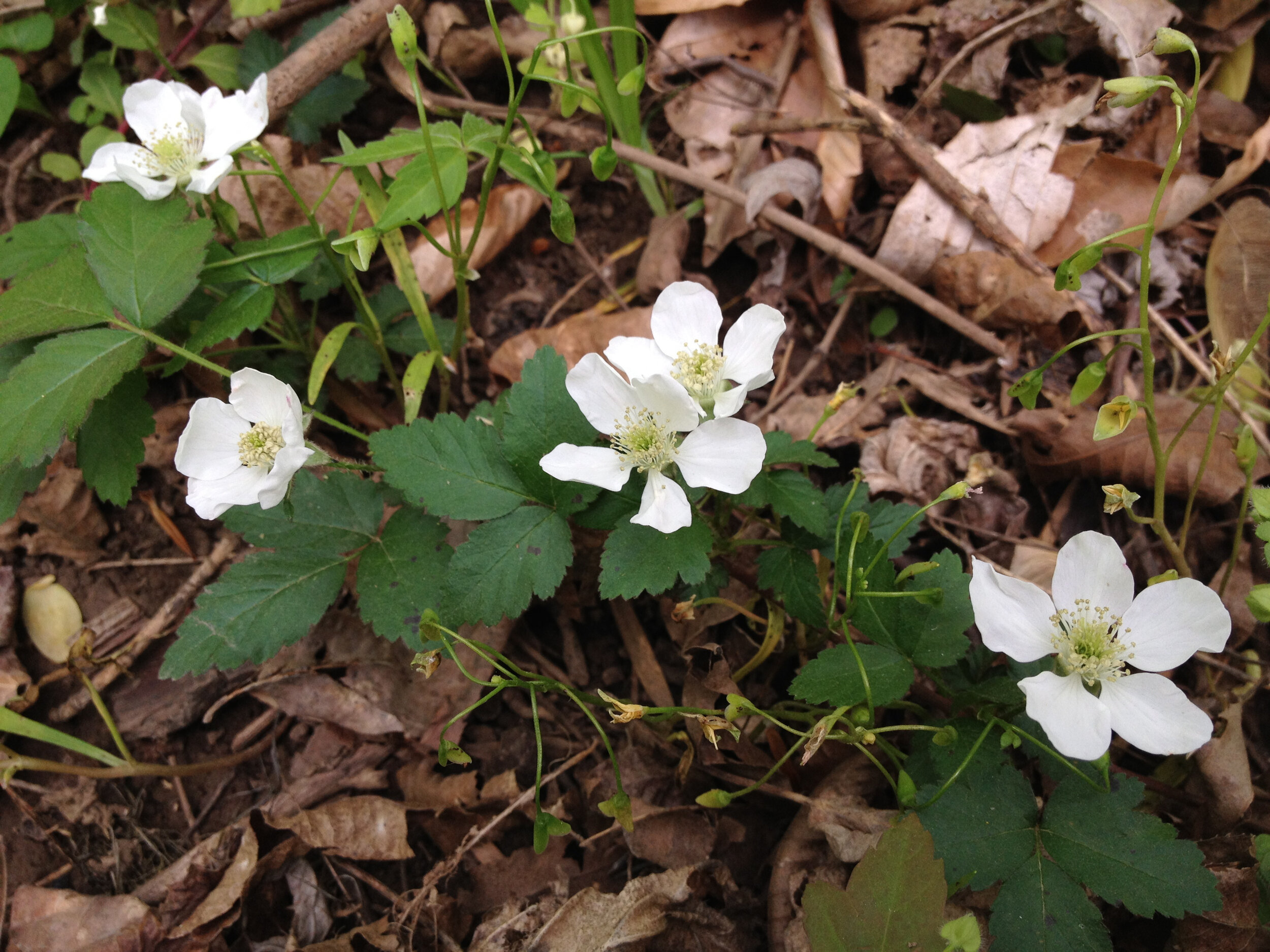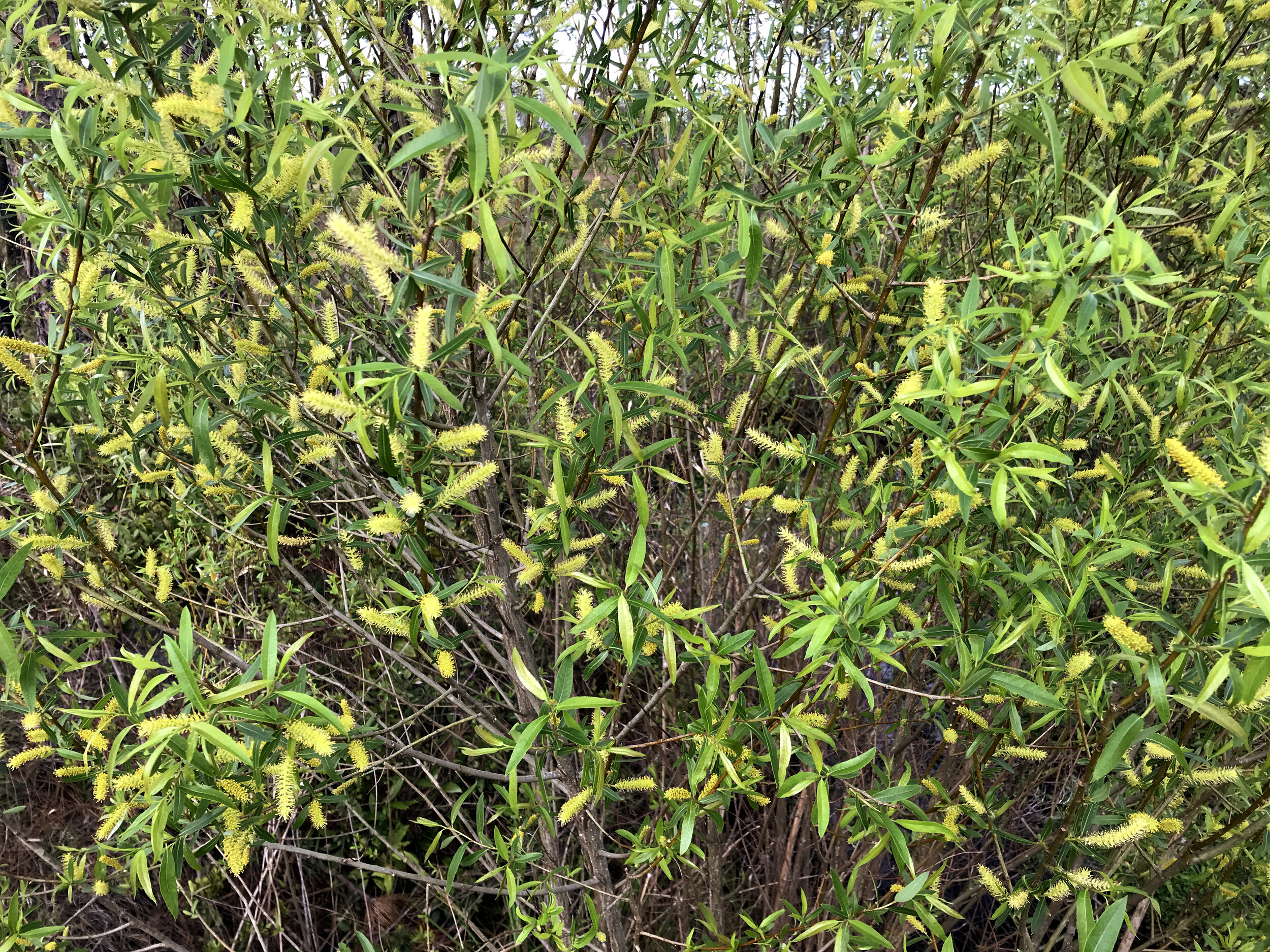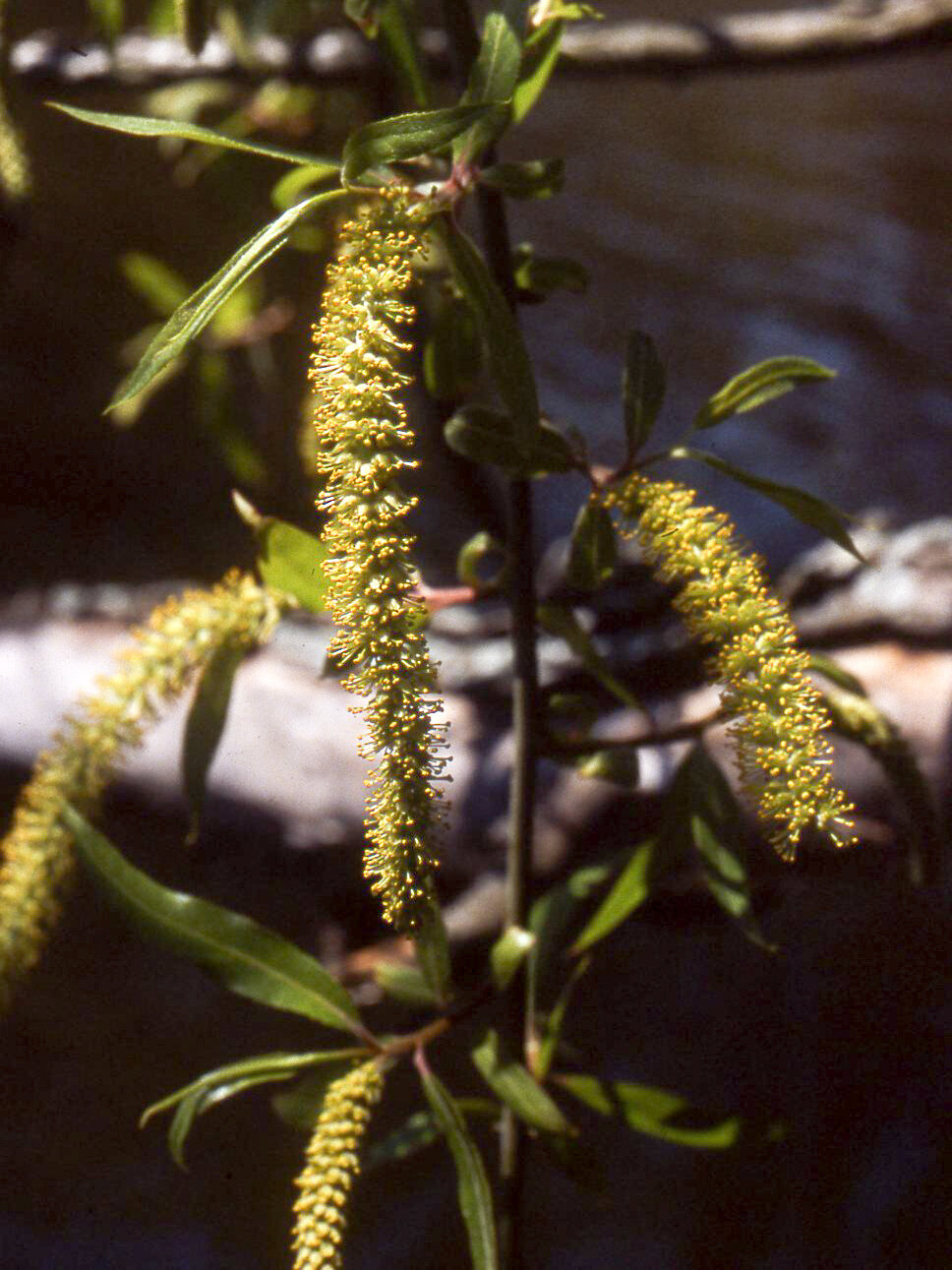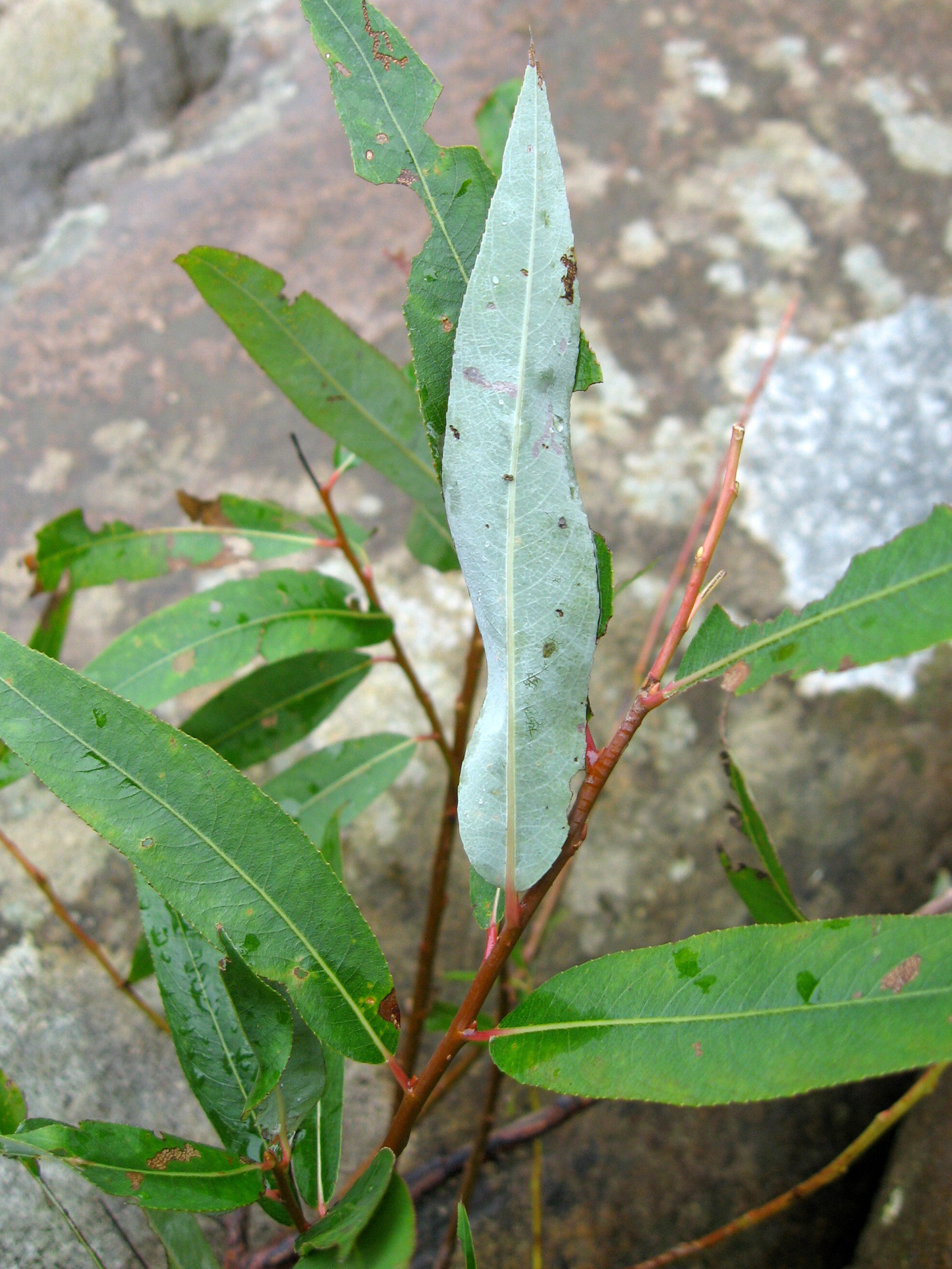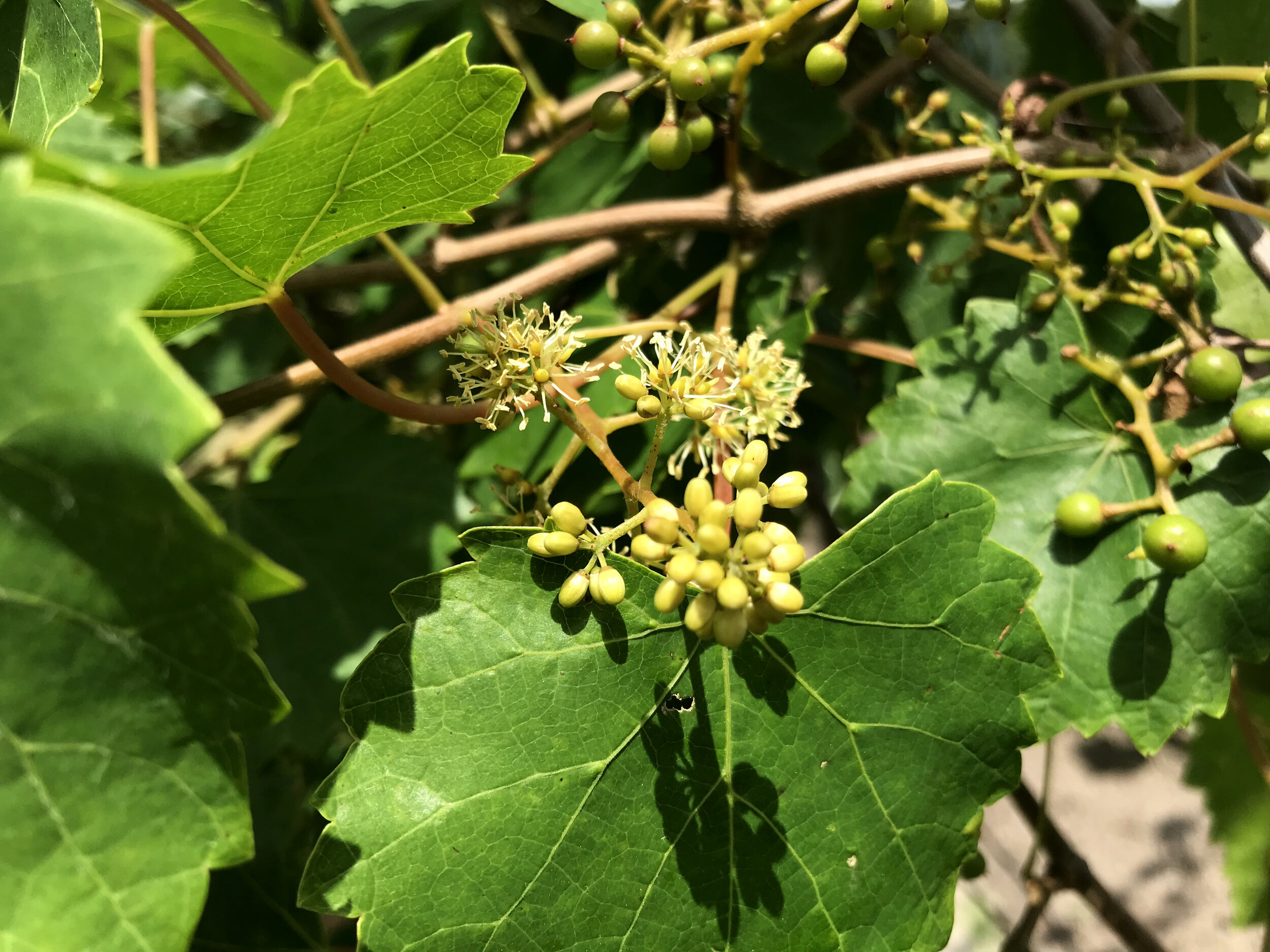Our honey is raw, unfiltered and locally made.
Our bees spend much of the year in the Holly Shelter area of Pender County, a 150,000-acre undeveloped area of forest and wetlands that surround our blueberry farm. Unhindered by human activity, the bees roam this area of woodlands and wetlands to make honey from a variety of trees and wildflowers native to eastern North Carolina. See below for a list of nectar sources.
We take honey from our bees only once a year - following the spring nectar flow, and have a limited amount available in 1-pound and 2-pound Queenline jars. Visit our Online Store for more information and to place an order.
We also offer it in 5-gallon (60-pound) pails for brewers, bakers and other wholesale customers. Please contact us at shakencreekfarms@gmail.com or (910) 540-4611 to place an order.
MAJOR NECTAR SOURCES
We had our honey analyzed by a lab at Texas A&M University to find out exactly what kind of flowers our bees favor. This process confirmed what we already knew - our bees have excellent taste. Most of the nectar they gathered last year (83%) came from three highly sought-after sources: Tupelo, Sourwood and Gallberry. The bees naturally mix these nectars together in the process of storing it and throw in lesser amounts from a dozen other wildflowers for good measure. See below for more information about each, or you can read the report here.




Tupelo
16% of the nectar that makes up our honey comes from black tupelo trees (Nyssa sylvatica).
The tupelo tree, also known as the black gum, black tupelo or sour gum tree, thrive in the wetlands of the eastern United States from Virginia to Florida. The small white-green flowers bloom for only a few weeks in the early spring.
Known for its rarity, what made Tupelo Honey famous is its unique flavor - its color, texture and flavor are unmatched, leading many to call it the “gold standard of honey.” It has a unique combination of sugars that give it a low glycemic index and an incredibly slow rate of crystallization. This buttery, smooth honey is truly something special.
Sourwood
51% of the nectar that makes up our honey comes from sourwood trees (Oxydendrum arboreum).
Sourwood is a small tree that can be found all over North Carolina, but is particularly common in the Appalachian mountains. It often grows in combination with azaleas and rhododendrons, all preferring the same acidic soil. It is also known as the Sorrel tree, Lily-of-the-Valley tree, or Appalachian Lily tree.
Sourwood Honey is one of the most sought-after varieties in the world! It has a beautiful, light color, and a caramelized flavor that will melt on your tongue.


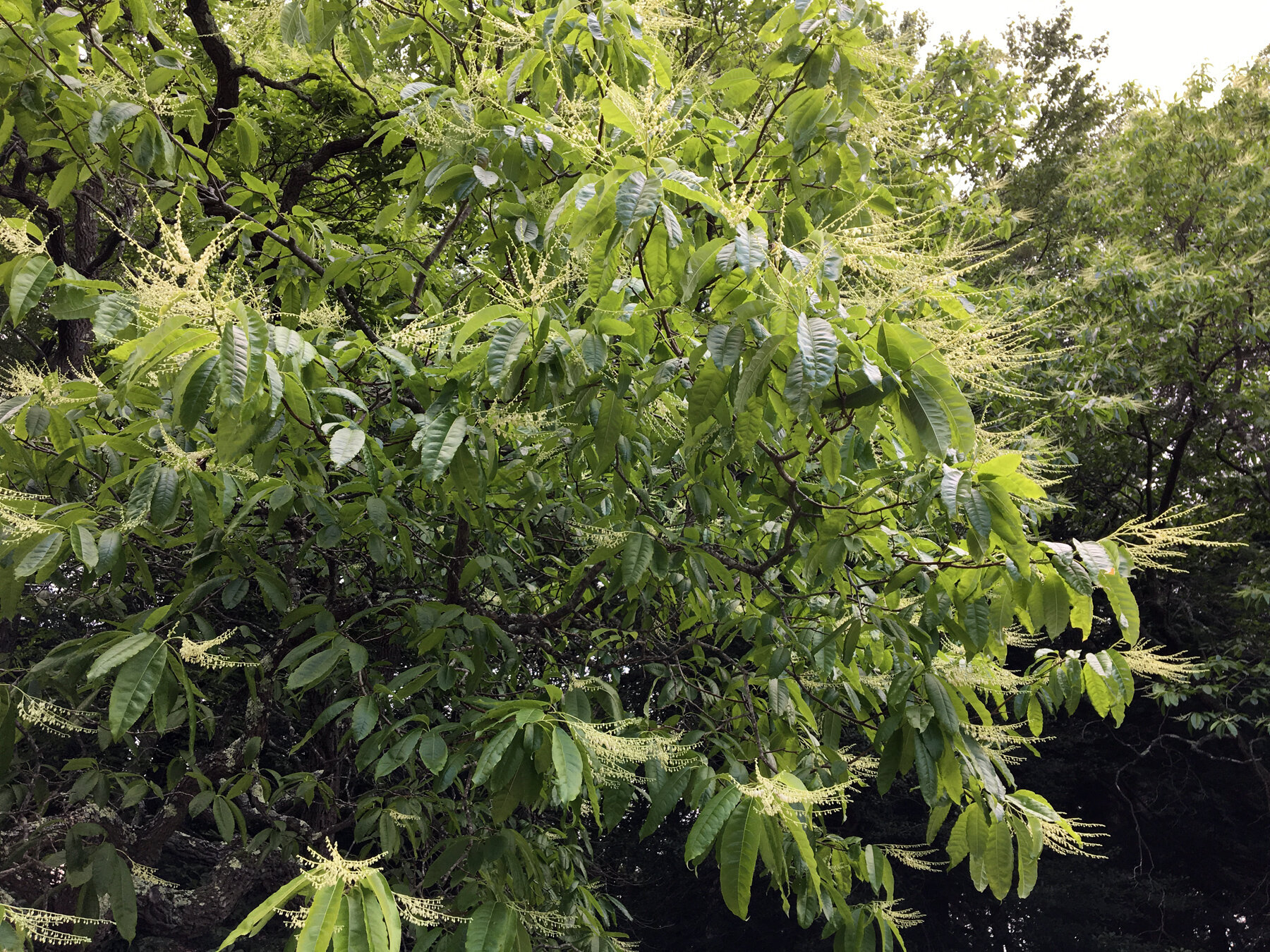

The Ilex family: Gallberry & American Holly
16% of the nectar that makes up our honey comes from the Ilex family of plants.



Gallberry
Scientific Name: Ilex glabra
Gallberry, also sometimes called inkberry, is named for the dark, bitter fruit it puts on in the summer. There are three varieties of gallberry in our area - highbush, mid-bush and low bush. They bloom in succession, providing nectar to our bees over a 4-5 week period in April and May. The Ilex family produces a mild, beautifully light honey with a pleasant floral scent.
american holly
Scientific Name: Ilex opaca
American Holly is a common plant across North Carolina and grows best along the edges of swamps - something we have in ample supply on the eastern end of the state. It’s small, white-green flowers bloom from April - June. Female plants produce a bright red fruit that matures in the fall and remains into the winter. The nectar of American Holly trees produces the same mild, bright honey.
MINOR NECTAR SOURCES
The remaining 17% of the nectar that makes up our honey comes from many different flowering trees, shrubs and wildflowers native to eastern North Carolina. Learn more about this diverse collection of plants below.
Acer
Common Varieties: Carolina Red Maple
Apiaceae Family
Common Varieties: Golden Alexander, Meadow Parsnip, Cowbane
Rhus / Toxicodendron
Common Varieties: Sumac, Poison Ivy
Rosaceae
Common Varieties: Wild Strawberry, Swamp Rose, Carolina Rose
Rubus
Common Varieties: Blackberry, Dewberry
Salix
Common Varieties: Black Willow, Carolina Willow
Trifolium
Common Varieties: Clover
Vitis
Common Varieties: Muscadine Grape
+ Who can eat honey?
Honey is safe for most people over 12 months of age. However, infants of 12 months or younger should not eat any type of honey.
+ How do I substitute honey for sugar?
To use honey in any of your favorite baked goods, follow these tips:
- Honey is sweeter than sugar, so start by replacing every 1 cup of sugar, with 3/4 cup honey.
- For every cup of honey used, reduce the total liquid in the recipe by 1/4 cup.
- Because honey is acidic, add 1 tsp of baking soda for each cup of honey used.
- Reduce the oven temperature by 25°F to prevent over browning
+ How long can honey be stored and still safely eaten?
Honey stored in sealed containers can remain stable for decades and even centuries. Archeologists have found honey thousands of years old in ancient Egyptian tombs, and it was still good! Even though honey doesn’t have an expiration date it can still undergo natural changes. Over time honey can darken in color, develop a stronger flavor or crystallize.
+ My honey has become solid (crystallized). Is it still good?
Yes! Crystallization is a normal, natural process, that happens faster if honey is stored at cooler temperatures. It's perfectly safe to eat and just as delicious as liquid honey (some people prefer crystallized honey as a spread because it doesn't drip). If your honey has partially or totally crystallized and you would prefer a liquid, simply set the honey jar in a bowl and pour warm water (around 95°F - 110°F) around it. If you keep the water temperature consistent, it should take about an hour for the crystals to become liquid again. Voila!
+ What is raw honey?
Raw honey is best described as honey “as it exists in the beehive.” It is extracted, strained and poured straight into the bottle. This method leaves natural pollens and enzymes in the honey that would have been stripped out in commercial production. Because it has these natural pollens and enzymes it is more prone to crystillization.
+ Do the honeybees make honey from pollen?
Flowers produce both nectar and pollen to attract pollinating insects, and bees bring both back to the hive. The nectar is concentrated and turned into honey. The pollen is packed into wax cells near the "brood"(baby bees). Bees need both substances to survive. Honey is the carbohydrate part of their diet, and pollen is the protein part (think beans). Water is the third component of their diet.








